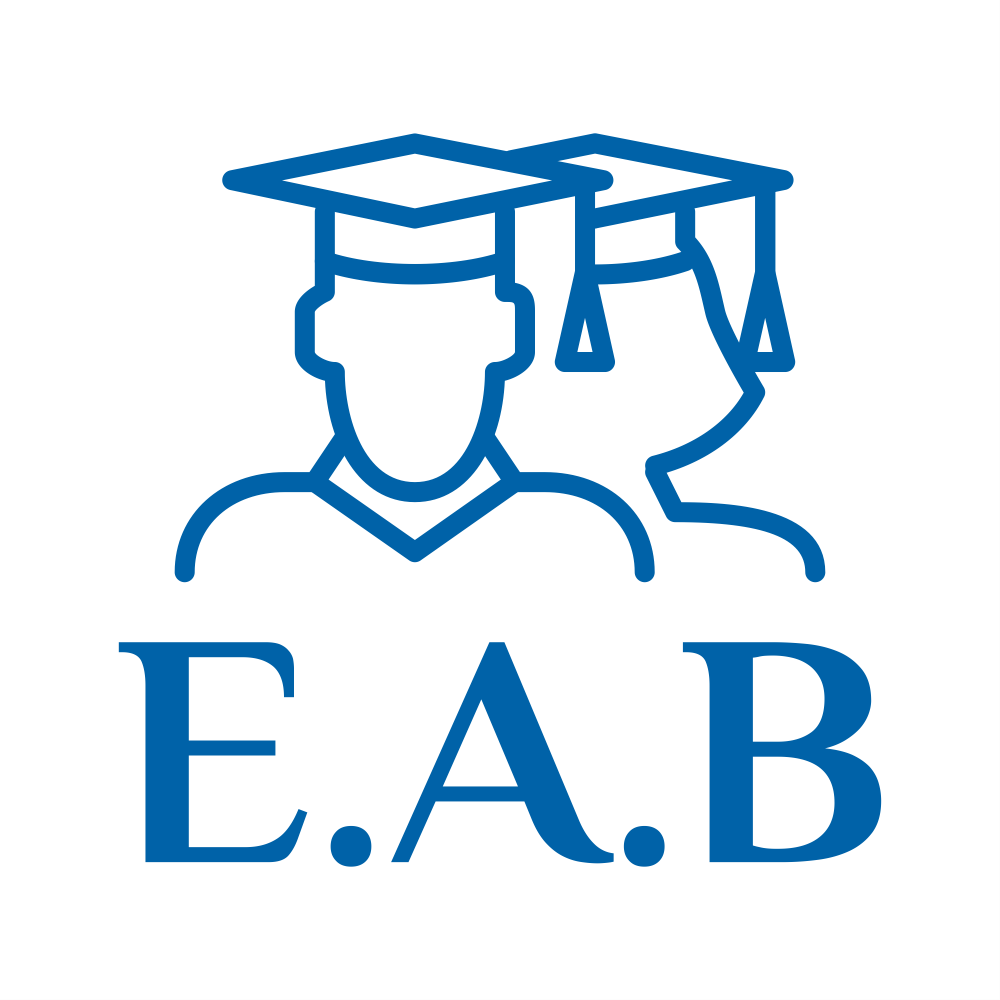
Following is the Rhetorical Analysis Essay Sample
Title: Ethical AI Surveillance in the Workplace: A Rhetorical Analysis of Corporate Messaging
Student Name
[University Name]
[Course Name]
[Professor’s Name]
[Date]
Ethical AI Surveillance in the Workplace: A Rhetorical Analysis of Corporate Messaging
Technology companies have intensified their workplace AI deployment to monitor employees in 2025. Companies have begun using artificial intelligence-based surveillance tools that perform keystroke tracking alongside real-time behavioral analytics. These capabilities help them strengthen productivity, minimize risks, and enforce corporate compliance. Employee monitoring technology has created ethical problems concerning privacy violations and employer power relations with their workers. Technological businesses that support their monitoring products use carefully structured marketing messages for their defense. The analysis examines the corporate methods of employing ethical appeals, pathos, and logos to make AI surveillance appear favorable despite its moral issues.
Establishing Ethos: Trust in Innovation
Major corporations establish their surveillance technology credibility through the ethos approach since it serves as their fundamental presentation method. Major firms, including Microsoft and Amazon, publish white papers, blog posts, and policy documents revealing their dedication to regulating artificial intelligence usage. Microsoft integrates four fundamental principles of AI fiducially: fairness, accountability, transparency, and inclusion (Microsoft, 2023). The company uses public statements to display its commitment to ethical leadership by repeatedly presenting these core principles.
The company takes advantage of its previously successful innovations through this ethical appeal while utilizing its worldwide institutional position. Microsoft establishes its reputation as an ethical company through continual references to its academic alliances and cooperations with regulatory organizations. Through such announcements, Microsoft strives to establish trust with employers and regulators, so surveillance technologies seem currently acceptable as properly managed and essential for both groups.
Appealing to Pathos: The Promise of Safety and Belonging
While ethos builds trust, pathos taps into the audience’s emotions—particularly the need for safety, belonging, and job security. Amazon’s 2024 press release about its new AI-powered warehouse management system claims that “employees can work with greater peace of mind, knowing that AI is reducing workplace accidents and eliminating unsafe conditions” (Amazon, 2024). Here, AI surveillance is not considered invasive but a protective force.
By presenting AI as a safeguard for workers rather than a tool of oversight, Amazon and similar companies emotionally align themselves with employee well-being. The rhetorical strategy here is to disarm criticism by showing how AI helps people rather than controls them. However, critics argue that this narrative conveniently ignores how constant monitoring can create psychological stress, reduce autonomy, and ultimately harm morale (Spehar, 2025).
The emotional appeal is not limited to safety. Companies also frame AI surveillance as a way to promote inclusion and fairness. Microsoft has claimed that AI can identify bias in promotion patterns or performance reviews, fostering equity in hiring and career progression (Microsoft, 2023). This positions AI surveillance as an ally to marginalized groups, further complicating the ethical discourse with emotionally compelling, yet sometimes oversimplified, narratives.
Logos and the Illusion of Neutrality
The final sales tactic involves using logos to establish AI surveillance as data-based and logical when tackling contemporary workplace concerns. Amazon’s performance tracking system employs artificial intelligence because the company claims that this approach increases operational metrics and diminishes mistakes made by staff members (Amazon, 2024). The presented evidence creates an unemotional basis for monitoring employees through surveillance.
Surveillance systems’ reliance on logic does not reflect that they are limited to neutrality within algorithms and data sets. According to Toxigon (2025), the replication and amplification of human bias through AI systems have become a fact, except when proper management strategies are implemented. Companies hide several disclaimers regarding testing progress and system improvements through technical appendices rather than placing them in their promotional materials. Using the logical appeal logos, the device gains user acceptance while masking ethical inspection through an artificial perception of authority.
The Power of Silence: What Rhetoric Omits
The most characteristic aspect of corporate rhetoric does not stem from explicitly stated words but from what companies purposefully refrain from mentioning. Industrial institutions avoid facing the crucial matter of consent in their operations. Most staff members do not receive genuine surveillance monitoring options or complete details about the extent of their monitoring. Little information exists regarding permanent psychological effects on company employees or alternative uses for gathered data beyond tracking work performance.
The purposeful absence of information from the corporate discourse proves rhetorical itself. Companies avoid important ethical matters linked to consent and harm by choosing not to discuss these issues. The communication intends to adopt specific strategies that promote approval while avoiding blocking points of disagreement.
Conclusion
Thousands of employees worldwide can confirm that Artificial Intelligence surveillance has become a daily practice in 2025. This technology receives extensive rhetorical treatment from companies across its promotional strategies. Large technology organizations make ethical, operational, and advantageous arguments to establish AI surveillance as a proper and effective practice through ethos, pathos, and logo appeals. These words conceal ongoing ethical problems regarding privacy rights, permission dynamics, and self-ruled choices. Public interest in these technologies requires understanding functional aspects and strategic framing methods. Through its language, AI surveillance affects how we see things and potentially defines the policies that regulate them.
References
Amazon. (2024, November 21). AI in the warehouse: Creating safer, smarter environments for employees. https://www.aboutamazon.com/news/operations/ai-safety-warehouse
Microsoft. (2023). Microsoft responsible AI principles. https://www.microsoft.com/en-us/ai/responsible-ai
Spehar, D. (2025, January 9). AI governance in 2025: Expert predictions on ethics, tech, and law. Forbes. https://www.forbes.com/sites/dianaspehar/2025/01/09/ai-governance-in-2025
Toxigon. (2025). Future trends in AI ethics: A guide for 2025 and beyond. https://toxigon.com/future-trends-in-ai-ethics
Also, read on Rhetorical Analysis Essay Writing
Rhetorical Structure Analysis
1. Hook
“In 2025, artificial intelligence (AI) is more embedded in the workplace than ever before…”
Analysis:
The essay begins with a timely and relevant statement about AI in 2025—a strong hook. It sets the stage and immediately signals the topic’s contemporary relevance.
2. Context
“From keystroke tracking to real-time behavioral analytics… raise ethical concerns around privacy, consent, and power dynamics…”
Analysis:
This section provides context about how AI is used in the workplace and introduces the ethical debate surrounding its implementation, setting up the rhetorical situation.
3. Article Author’s Claim or Purpose
“This rhetorical analysis investigates how corporations use ethos, pathos, and logos to frame AI surveillance in positive terms…”
Analysis:
The purpose is clearly stated: to analyze how corporations use rhetorical appeals in messaging about workplace AI surveillance.
4. Thesis
“…while often downplaying ethical complexities.”
Analysis:
The thesis implies that although corporations effectively use rhetorical appeals, they do so to distract from or soften genuine ethical issues, such as privacy and autonomy.
5. Summary of the Article’s Main Point (in Paragraph 2)
“Ethos, or the appeal to credibility… companies such as Microsoft and Amazon…”
Analysis:
The second paragraph introduces the first mode of persuasion (ethos), beginning the analysis’s body and continuing the thesis’s logical flow.
6. The Third Paragraph Begins with a Transition and Topic Sentence (First Point of Thesis)
“While ethos builds trust, pathos is employed…”
Analysis:
Clear transition from ethos to pathos, which is the next rhetorical appeal. The topic sentence aligns with the structure promised in the thesis.
7. Quotes Illustrate How Author Uses Appeals to Ethos
“Microsoft’s AI principles include fairness, accountability, transparency, and inclusion…”
“Microsoft… cites partnerships with academic institutions and regulatory bodies…”
Analysis:
Strong use of direct examples to show how companies establish credibility and moral authority (ethos).
8. Analysis Explains How the Quotes Show the Effective Use of Ethos
“…reinforce its image as a socially responsible actor… attempts to earn the trust of both employees and regulators…”
Analysis:
Clearly connects the quotes to the rhetorical appeal, explaining how ethos builds trust and positions companies as ethical leaders.
9. Transition and Topic Sentence (Second Point from Thesis)
“Finally, corporations rely on logos…”
Analysis:
Another clear transition that sets up the next rhetorical appeal—logos (logic and reason). Matches thesis structure.
10. Quotes That Illustrate Appeals to Logos
“Amazon justifies the use of AI… citing increased efficiency metrics…”
“While companies include disclaimers about ongoing testing and improvements…”
Analysis:
Quotes illustrate how logical reasoning and data are used to justify surveillance.
11. Analysis Explains How the Quotes Show Logos
“…suggest a neutral and objective rationale…”
“…logos is used not just to persuade but to deflect ethical scrutiny…”
Analysis:
It unpacks how logos convinces the audience and hides problematic ethical issues, reinforcing the thesis.
12. Transition and Topic Sentence (Third Point from Thesis)
“While ethos builds trust, pathos is employed…”
Analysis:
Although this transition appeared before logos (slightly out of the suggested order), the pathos section is still well-placed, with a clear shift in rhetorical focus.
13. Quotes That Illustrate Appeals to Pathos
“Employees can work with greater peace of mind…”
“AI can identify bias in promotion patterns…”
Analysis:
Quotes elicit emotion—safety, fairness, and inclusion—ideal for demonstrating pathos.
14. Analysis Explains How the Quotes Show Pathos
“…emotionally align themselves with employee well-being…”
“…further complicating the ethical discourse with emotionally compelling… narratives.”
Analysis:
Effectively explains how emotional appeals make the technology appear more human-centered and socially just.
15. Transition and Topic Sentence (Fourth Point from Thesis – Omission/Silence)
“One of the most striking aspects of corporate rhetoric is not just what is said—but what is omitted.”
Analysis:
That is an excellent rhetorical move. It introduces strategic omission as a fourth rhetorical technique, which wasn’t named in the original thesis but naturally flows from earlier analysis.
16. Quote Illustrates Appeal (Ethos/Omission)
“Companies rarely address the issue of consent…”
“…minimal discussion about long-term psychological impacts…”
Analysis:
These lines act as indirect quotes or paraphrased points and support the idea that omission is a form of rhetorical strategy—especially to build or protect ethos.
17. Analysis Explains How Quote Supports Thesis
“…avoid engaging with the most ethically fraught aspects…”
Analysis:
Nicely connects silence to rhetorical manipulation, tying back to the thesis that corporations downplay ethical concerns.
18. Conclusion Returns to Ideas in the Thesis and Further Develops Them
“Through appeals to ethos, pathos, and logos, tech giants present AI surveillance as ethical, efficient, and beneficial… language shapes perception, and… may also shape policy.”
Analysis:
Summarizes the core argument and extends the implications—how rhetoric may shape public policy.
19. The Last Sentence Returns to the Hook
“…AI surveillance is no longer a speculative concept—it is a lived reality…”
Analysis:
Reinforces the urgency from the introduction; it doesn’t restate the opening line verbatim but returns to the theme of AI’s growing role in daily life.
Also read Rhetorical Analysis Essay Example









 Evan John
Evan John